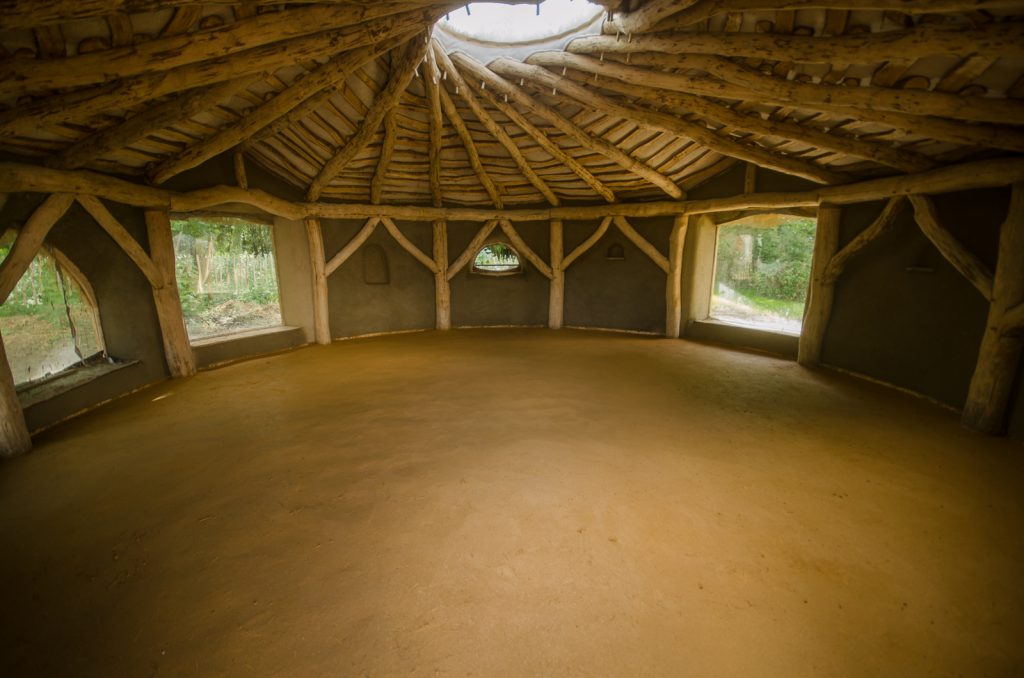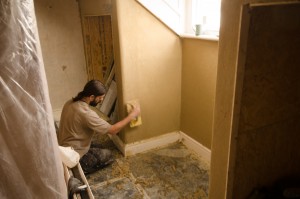
What are the benefits of clay plaster?
I sat down to write this article on the benefits of clay plaster. In searching for a suitable source image, found this article from Paul Fitzpatrick which far exceeds anything I could write!
Below is a quick reference of the benefits of clay plasters!
Environmental benefits of clay plaster

- if you make your own base plaster, material can be sourced locally, with lower or no transport costs / emissions
- unlike gypsum (and lime, although lime re-absorbs CO2 on setting), no firing required, so lower energy use / emissions
- totally biodegradable
- clay doesn’t set chemically like gypsum does – it just dries; so at least for the base coat, if it dries, you can wet it and knock it back up again, which means less waste
- no nasty chemicals
Benefits for the building

- breathability: clay plasters prevent excess moisture in vulnerable buildings. Clays are hygroscopic – they absorb moisture if humidity is high, hold it without being damaged, and when humidity falls, release moisture back to the air. So they maintain a consistent humidity, and minimise damp, and moulds caused by condensation
- gypsum on the other hand absorbs moisture, but it’s not breathable, as it doesn’t let moisture out again, and it gets damaged in the process – it moulds, and / or the plaster can blow, and fall off
- clays can be used with / over other breathable materials without taking away their breathability
- flexibility: clay is soft and pliable, and can move, like lime, without cracking; it can cope with situations where you get minor movements, and so is excellent in old houses
- gypsum on the other hand is not flexible, and cracks with any minor movements
- protection of timbers: lime absorbs moisture through capillary action, but with clay, there is a chemical attraction that draws moisture in – and because clay absorbs moisture at a faster rate than lime or timber, it takes moisture away from the timbers of the building, protecting them from damp, mould, rot and insects
- plus as clay absorbs moisture, it seals and prevents water from passing right through into the structure of the building. Moisture is held and released when the air around it dries. This is why clay can be used to line a pond – clay allows so much moisture in and then provides a barrier
- aesthetic: clay plasters are beautiful in their texture and the way they reflect light, and they have an organic, natural feel.
Health benefits from using clay plaster

- clay plasters maintain a consistent relative humidity of around 50-60%, which is beneficial for people with asthma or other respiratory problems, but detrimental to dust mites, which reduces problems associated with allergies
- they contain no nasty chemicals, and are able to absorb toxins and thus improve indoor air quality. Of course, you’ll try not to use toxic cleaners or buy toxic househould products, but in this day and age, it’s difficult to avoid toxins completely, and so clay plasters can help
- you have to be in a room with a clay plaster to understand how beautiful, sensuous, natural, earthy (add your own epithet here) they are. They just make you feel good


